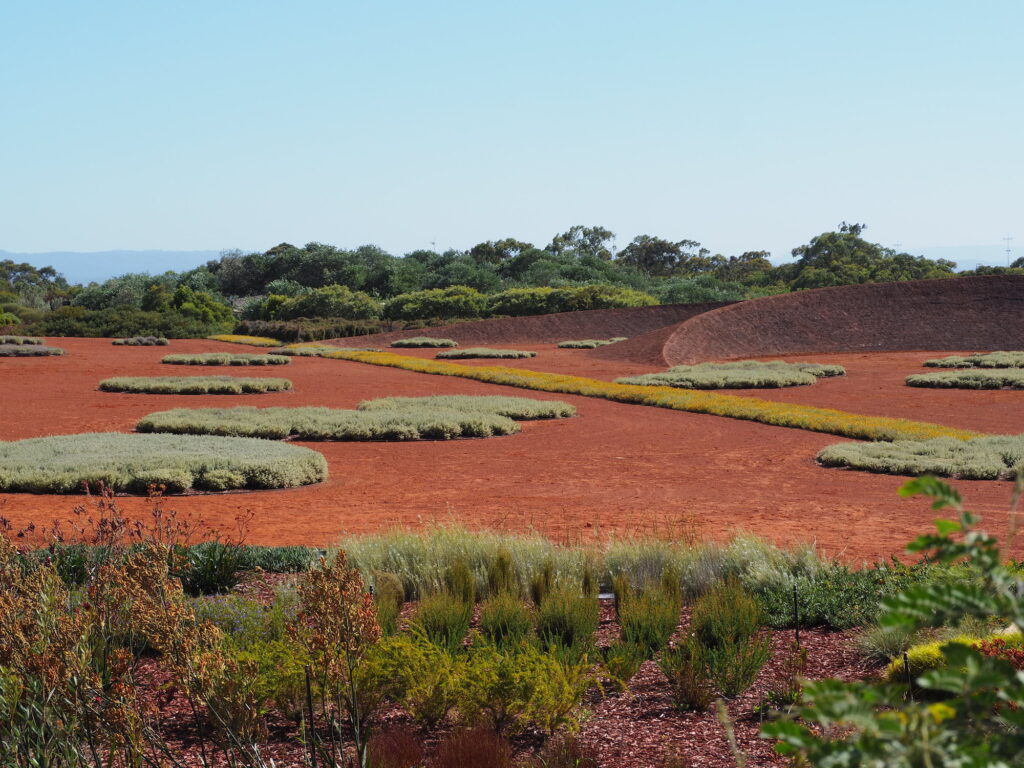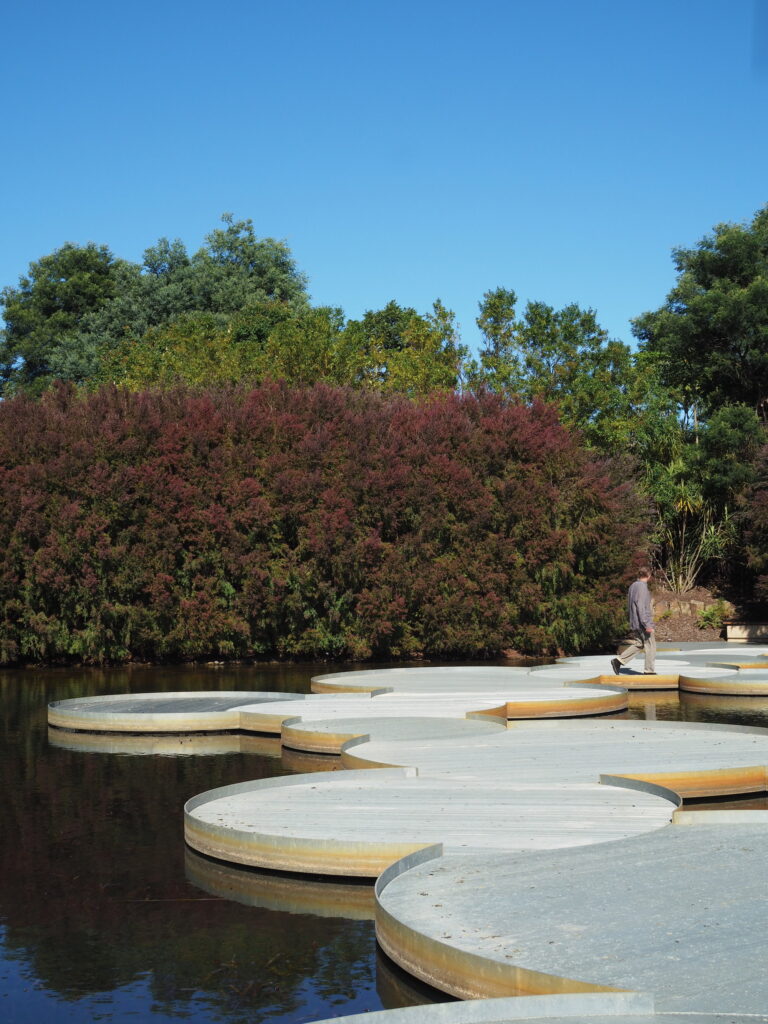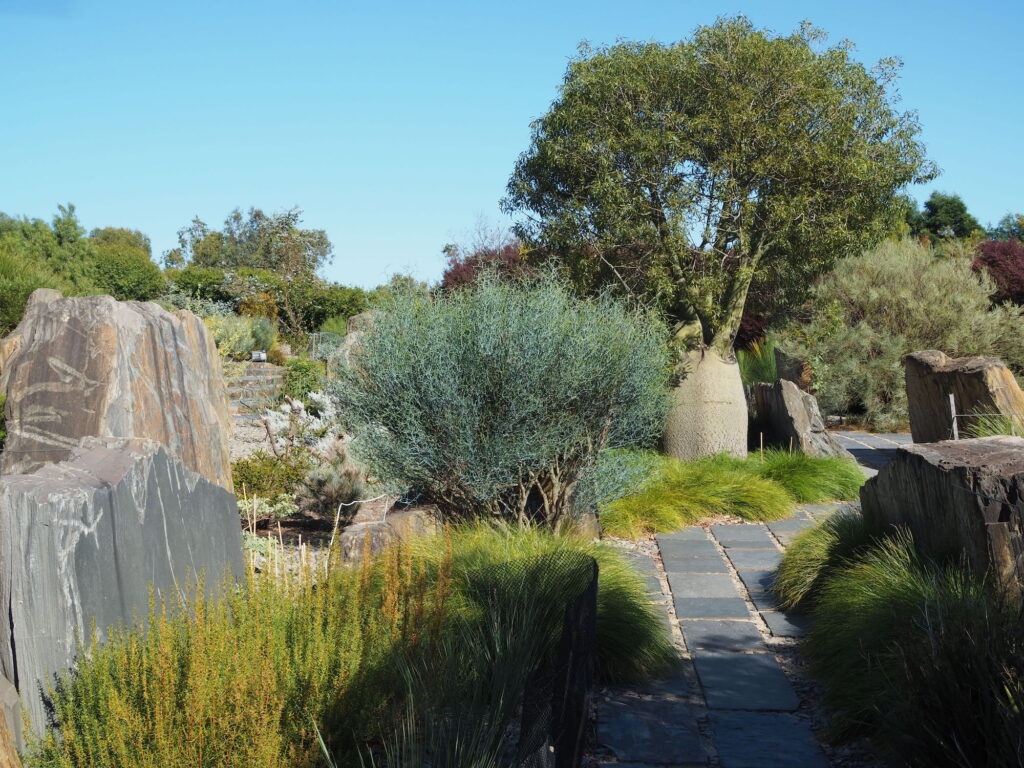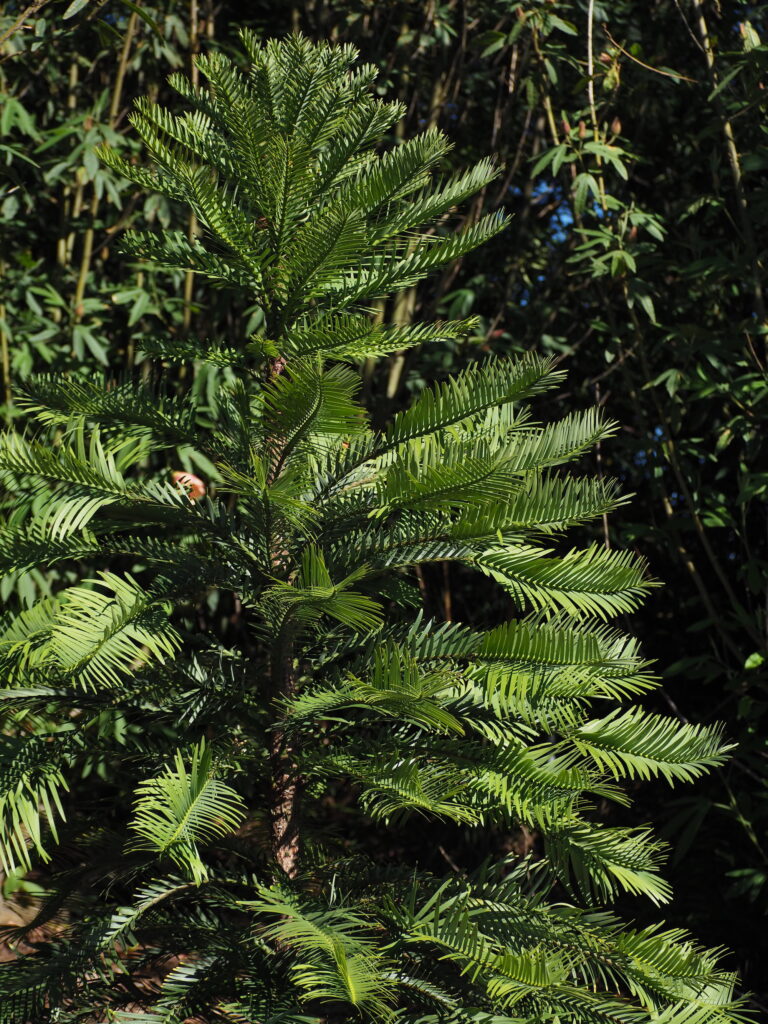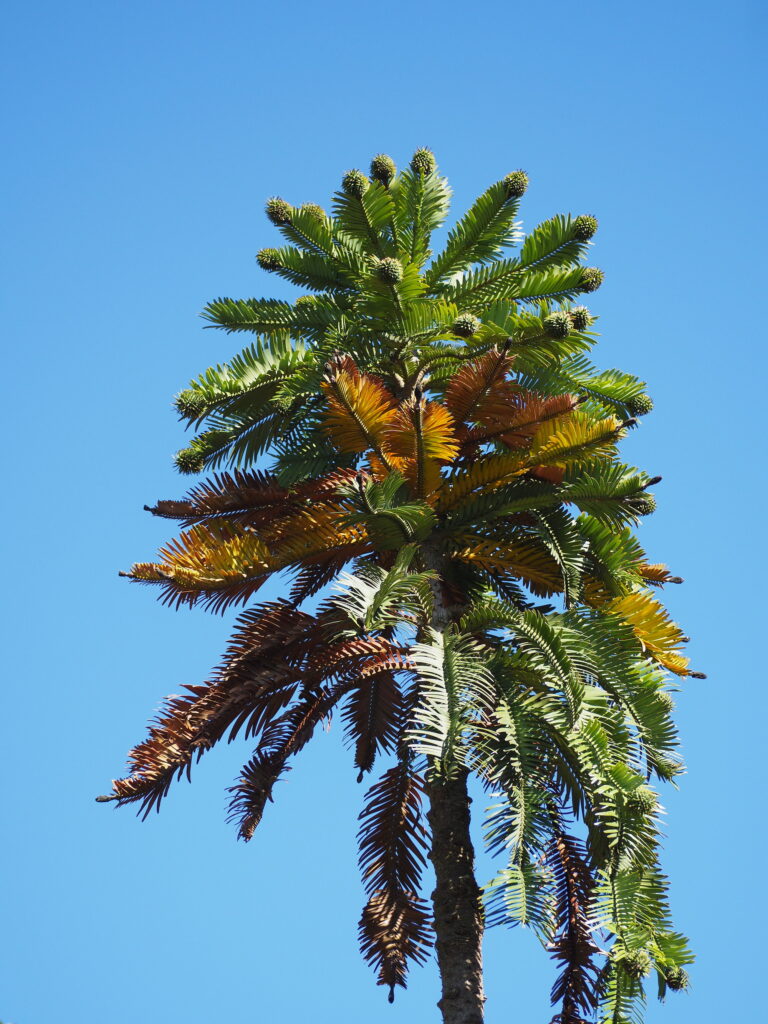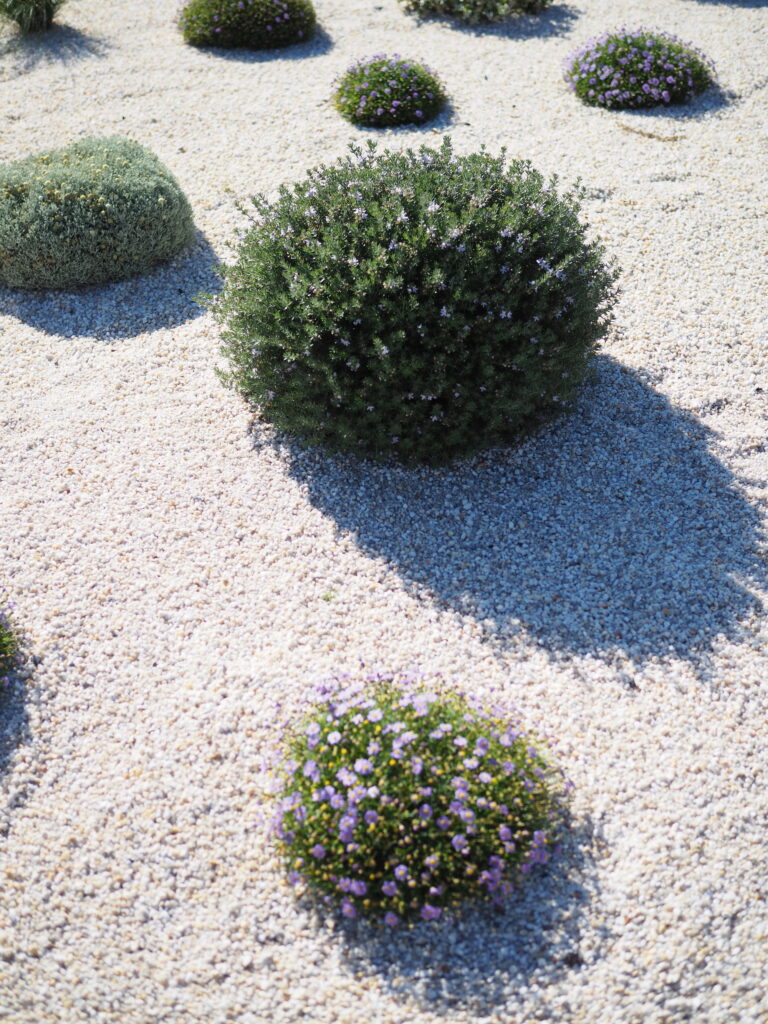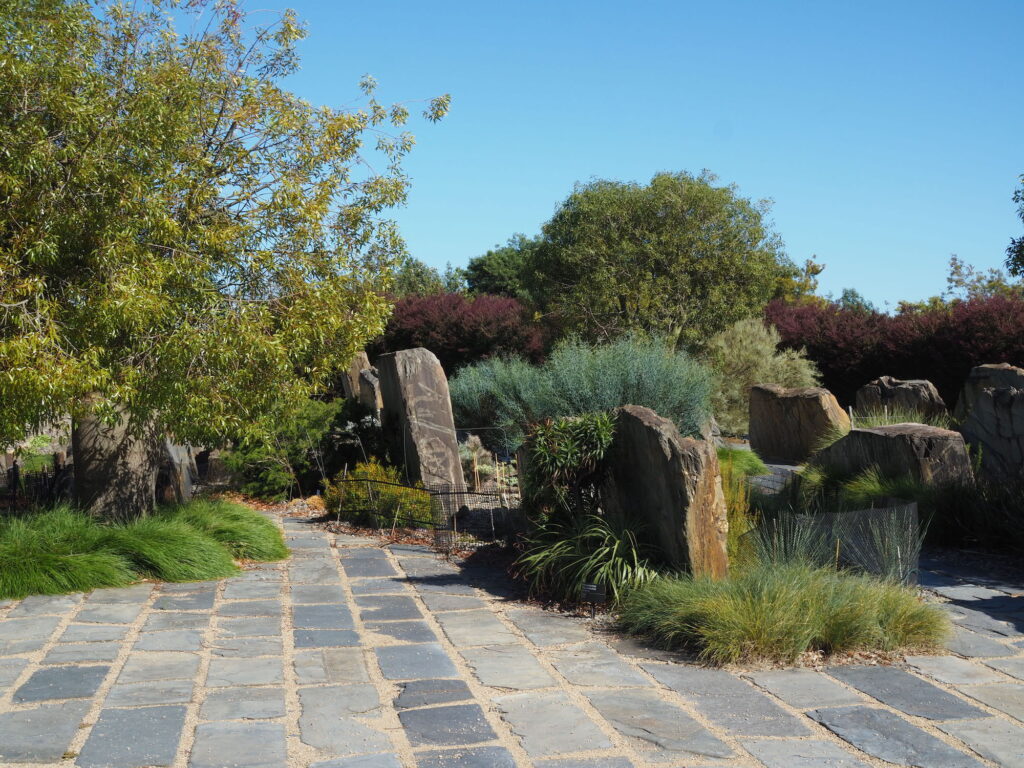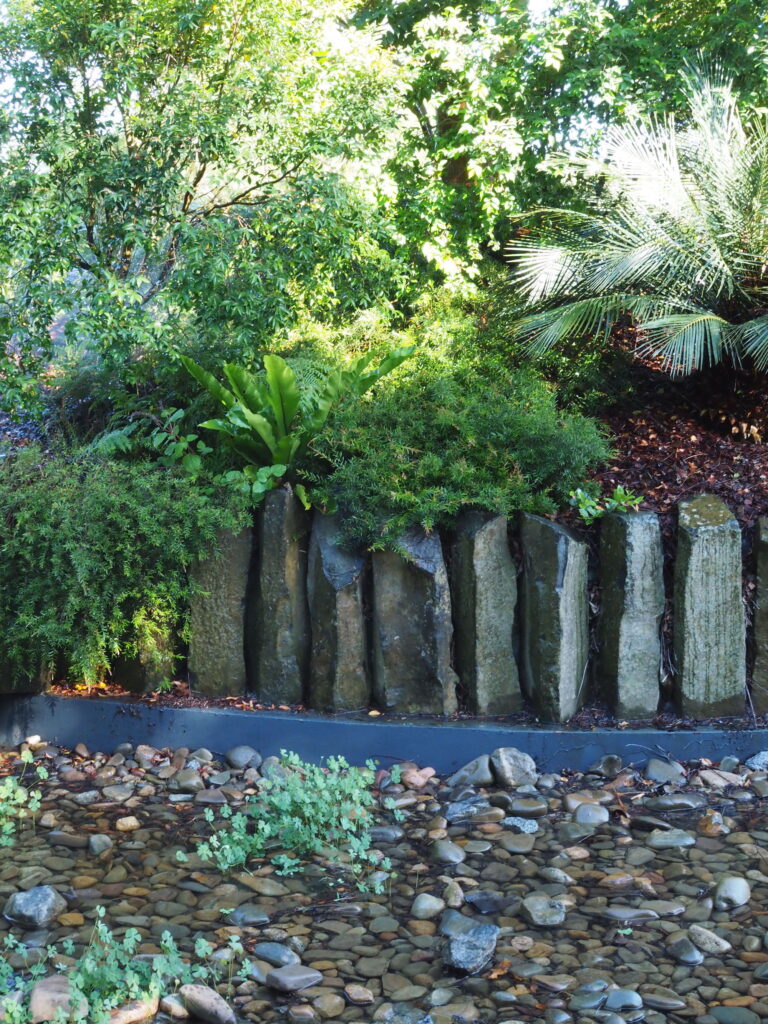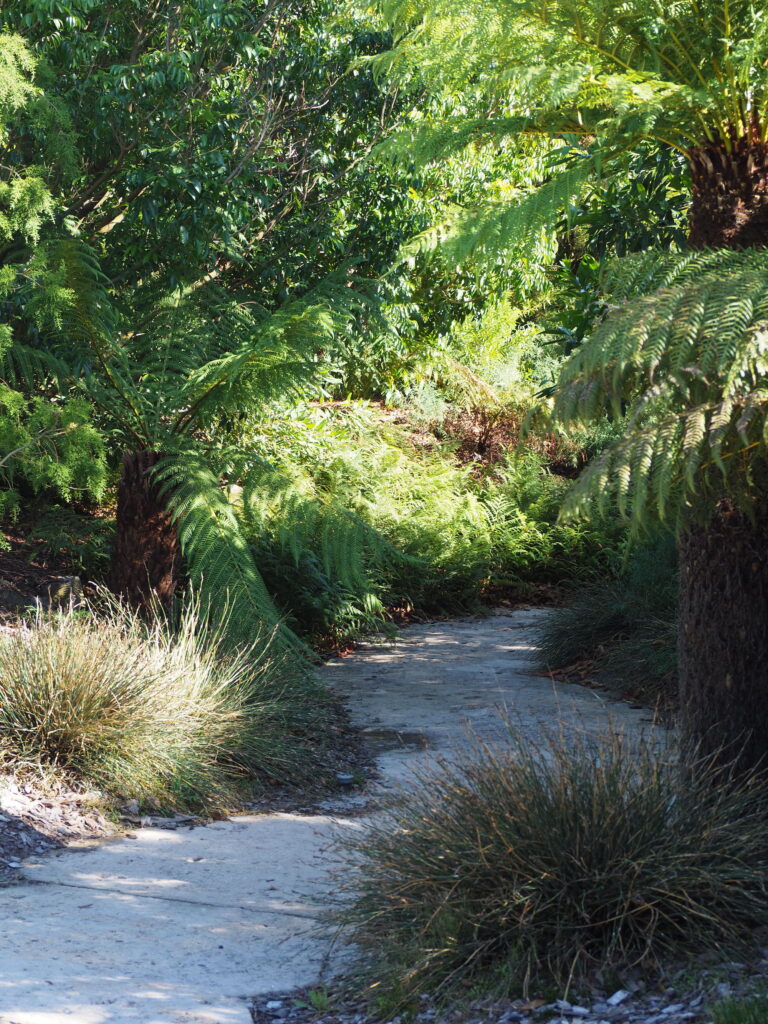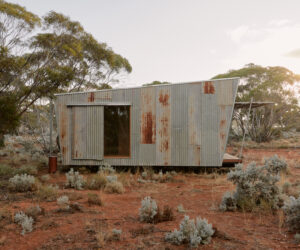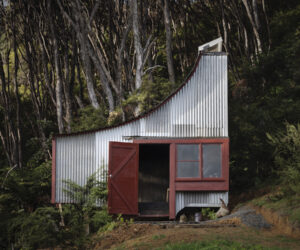Weird and Wonderful–Royal Botanic Gardens Cranbourne
The Royal Botanic Gardens Cranbourne is a celebration of the varying ecologies and unique floral diversity of Australia, presented in an award-winning contemporary design framework.
Formerly a sand mine, the 25-hectare Australia Garden sits at the core of over 300 hectares of significant remnant bushland, heathland and wetlands and is a site of State significance for plant and wildlife conservation.
Designed by Australian landscape architects TCL, the garden is a series of interconnected, themed precincts that highlights the unique qualities of Australian plants and reinterprets their ecosystems. The Red Sand Garden is the most well-known of the gardens with its Central Australian desert landscape narrative. This striking viewing garden greets visitors as they arrive and leads on to a range of iconic Australian landscapes such as the Rockpool Waterway, Melaleuca Spits, Arid Garden and Eucalyptus Walk in a long and leisurely loop. Leading off from these garden precincts are smaller display gardens with various planting themes that scale down the broader ecosystem concepts to tangible and relatable garden contexts.
The Weird and Wonderful Garden is a playful and abstract garden that showcases some of the unique adaptations of Australian plants. Whether due to geographical isolation, variable climatic conditions, unpredictable rainfall, bush fire, low-nutrient soils and predators, these plants have evolved varying growth characteristics to thrive in challenging environments.
Entering the Weird and Wonderful Garden, visitors are struck by imposing slate slabs over two metres tall and up to three metres long with rough split faces. Sourced from the Victorian PyreneesRanges, the slabs are set on edge as though pushed out of the ground through geological forces and set the tone for the unusual planting. The negative spaces between the slabs divide plant groupings, defining the staggered physical and visual flow within the garden.
Queensland bottle trees (Brachychiton rupestris) have been used as the dominant tree species in this garden with their bulbous trunks and finely divided foliage lending an almost primordial quality to the area. Further elevating this quality is the striking underplanting of drifts of rock orchid (Dendrobium speciosum). Their fleshy stems emerge from the ground in clumps with blade-like emerald green leaves, mimicking the form of the Queensland bottle trees.
Interestingly, many of the plant species in the garden are leafless – an adaptation to dry climates to reduce water loss. The leafless rock wattle (Acacia aphylla) has blue coloured tubular and spiky stems, similar to the leafless crisp robbon pea (Leptosemaaphyllum). The coral-red tubular flowers of the crisp robbonpea compliment other nearby flowering plants such as the rhododendron lochiae and the mottlecah (Eucalyptus macrocarpa).These red flowers scattered through the garden are picked up in long views towards distant border plantings of grafted flowering gum cultivars (Corymbia ficifolia).
Another striking garden precinct is the Gondwana Garden, planted with relic species of the ancient supercontinent. This garden is lush and layered, with an overall electric-green hue of fine textured ferns, conifers and some very healthy Wollemi pines(Wollemia nobilis). Broad leaved canopy trees such as the bolwarra (Eupomatia laurina) close in the sky above which immediately drops the ambient temperature a few degrees.
The pigmented concrete paving slabs in the Gondwana Garden have rock and leaf impressions to replicate the character of a forest floor. The pathway through the garden, whilst curving, is divided into angular shards of varying widths, linking to the basalt columns (naturally occurring rock form either hexagonalor polygon in section) stacked vertically like short palisade walls to retain the gently sloping garden.
The Weird and Wonderful Garden and Gondwana Garden (like the rest of the Australia Garden) are highly considered and composed, using broad and interesting planting palettes in combination with natural and man-made elements to drive distinct narratives about Australia’s unique flora and diverse landscapes. The gardens are thought-provoking and engaging, and well worth the visit!
rbg.vic.gov.au/cranbourne-gardens
Inside issue 84 – Grab your copy here.
